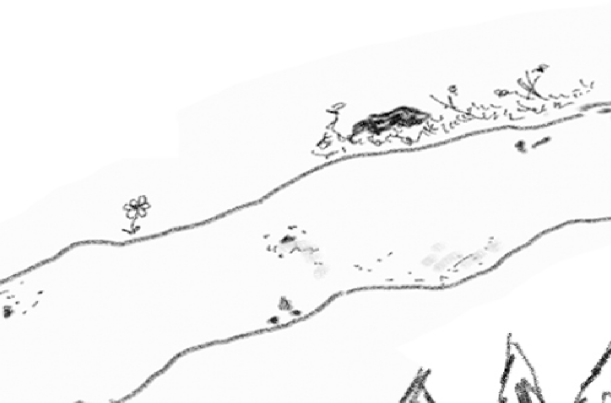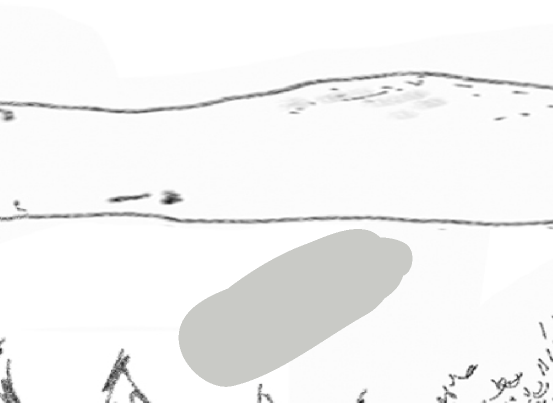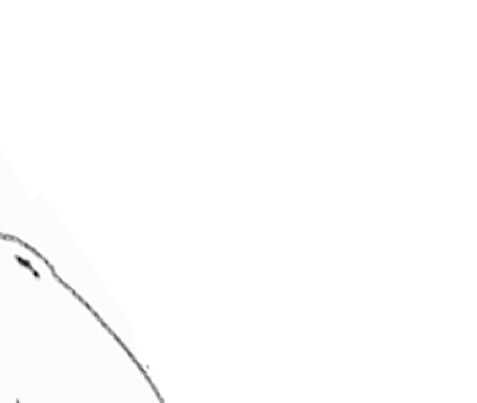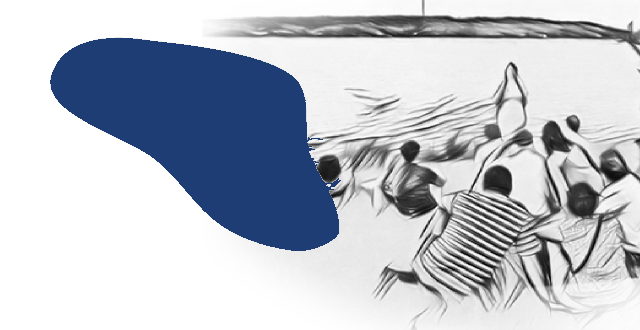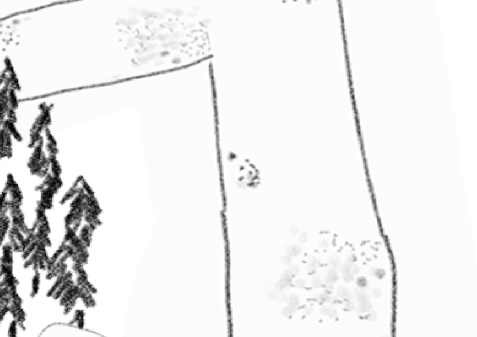Module - Civic education
How to Use Storytelling in Civic Education?
Storytelling can generally be used in all types of formal and non-formal learning environments in the field of civic education. Specific examples include for example: Family Education; Volunteer Learning Opportunities; Trade Union Education; Language Learning, etc. Storytelling should stimulate the development of certain competencies. The following list represents a selection of competencies to be developed - regardless of their respective starting level. It can be extended as desired. The description is process-related in each case.In the field of personal and social competence, learners will be able to …
- listen to others
- develop empathy
- break the prejudices and fight pre-assumptions
- listen in an inclusive way
- tell (their) own stories in a storytelling way
- transfer processes as a participating person in a society / „navigate”
- understand in which contexts civic education is relevant
- not only focus on individuals and its personal needs but also on groups and their needs (sexual, cultural, religious identity)
- reflect on own experiences
- respect other backgrounds (cultures, religions, lifestyles, etc.)
- do a „narrative approach to the own life“ (where do you come from, where do you go, see yourself as the hero of your life)

 |
Motivation and awareness A story is used to make gain the attention of people, to make them aware of issues that are told and to activate them to get to learn more about, to become active, or to feel committed to something. |
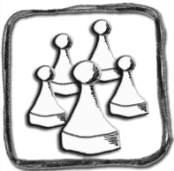 |
Belongingness Stories are told to sense a kind of togetherness, to feel you part of a shared event and share emotions that come with it. Making up and telling a story together can also serve this purpose. |
 |
Critical thinking Stories are told to make people aware of other ways to look at things and thus to enable them to think critically about issues in other ways than they would have from their own experiences only. |
 |
Identity and recognition Stories are told to make people part of a common heritage or tradition to make them feel rooted and recognized. They find themselves - telling and listening - in stories, are stimulated to reflect on their origins, can reflect and share traditions. |
 |
Multiple perspectives Stories are told to emphasize the fact that one and the same situation can be seen differently by different actors in the story, but also in real life situations. Different perspectives can be part of the story itself or the story serves as a starting point to elaborate, narrate and discuss different perspectives on a situation. |
 |
Communication skills Stories are told to help people to acquire listening skills interpretative skills, as well as active communicative skills such as speaking up, formulating, expressing yourself etc. This may be done in the story, through the story or by talking about the story. |
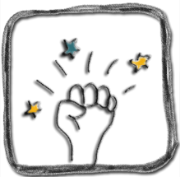 |
Empowerment Stories can be told about people who have overcome their self-doubt and become successful in life. This can be an opportunity to identify with the protagonist of the story and discuss the opportunities for their own perspectives. In addition, reflecting on one's own experiences and telling one's own stories can help participants to become aware of their own achievements, e.g. in personal challenges, and thus strengthen their self-esteem and self-efficacy. |
|
If you want to know how a story can be used for one of these purposes and how it can be embedded in other classroom activities, you can find examples in the Learning Scenarios. ▾ If you want to get started with storytelling, you will find a lot of information, exercises and tips in the Storytelling module. ▾ |
 |
 |
 |
 |

